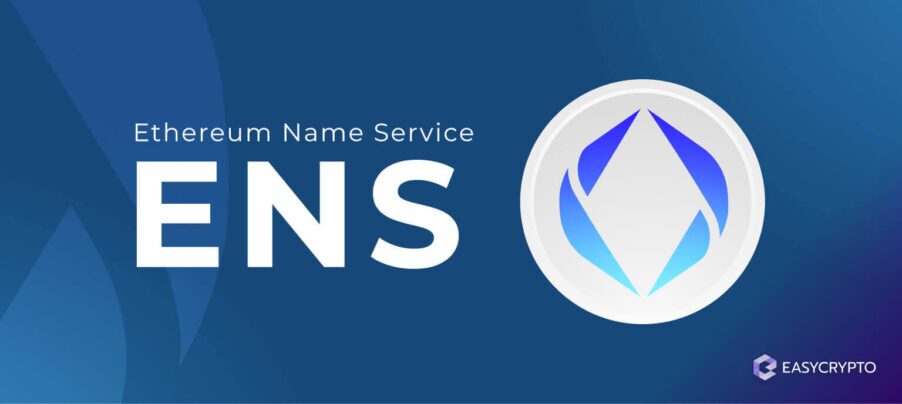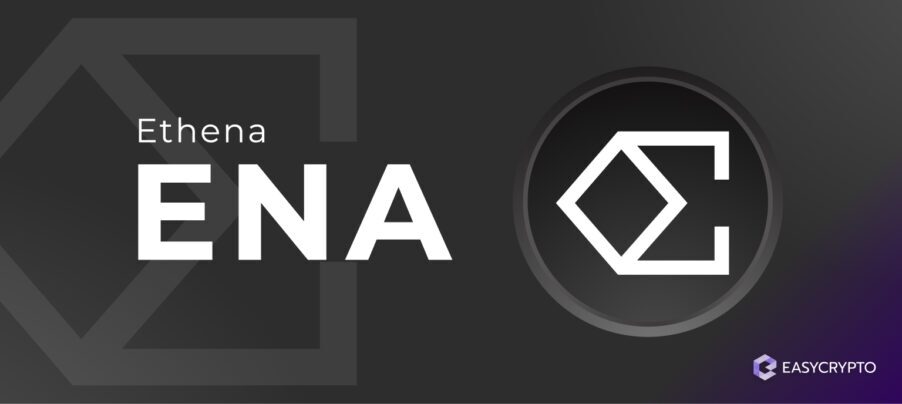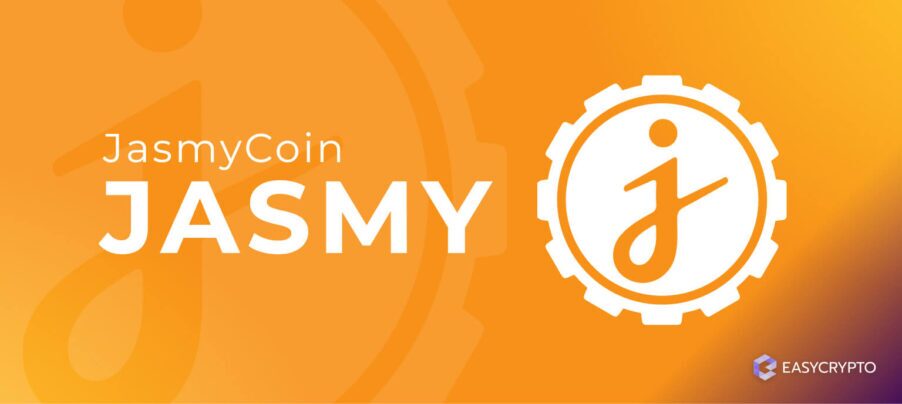What is Holochain (HOT)? Distributed App Hosting Explained
Learn about Holo's distributed app hosting network, and how it can potentially change the way the Internet works.
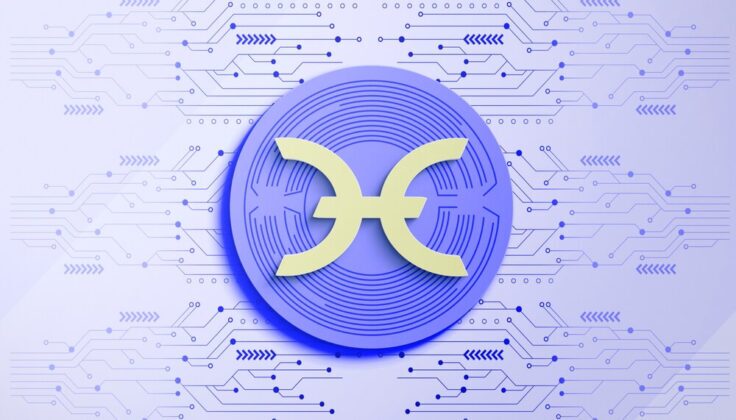

Holo (HOT) is a peer-to-peer app hosting network that claims to offer the best of decentralised and centralised infrastructure, without bringing each of their drawbacks.
With Holo, app developers can host their app’s code and database on their own devices, as well as distributing them to those with excess computing power who can afford to be online 24/7.
In this article, we’ll explore what Holo (HOT) is, and how it works in more detail.
New to crypto? Learn the basics with our 101 guide.
What is Holo (HOT)?
In a nutshell, Holo (HOT) combines the technology found in peer-to-peer file-sharing like BitTorrent, and version controllers like GitHub.
It allows developers to refrain from using centralised cloud infrastructure, in favour of “being their own data centre”.

App developers using the Holo network can (and should) distribute their apps to those willing to help provide a backup for the app. This is to avoid a single point of failure, in cases where the developer’s device cannot remain online due to an attack or power outage.
The Holo network is not a blockchain network, and when the promised Holochain network goes live, it will not be a blockchain.
The creators of Holo claimed that blockchains, while it helps maintain the integrity of data, does not scale well.
Nodes on a blockchain network are forced to do two things — 1) maintain a full and complete snapshot of everything that’s ever happened on the network, and 2) come to a consensus with every other node.
As the number of nodes grows, the number of duplicate data will grow, and the amount of time needed for consensus may increase as well.
There must be an optimal way to protect data in a decentralised way, without compromising the collective computational power of the network.
How does Holo (HOT) work?
Every node in the Holo network runs their own blockchain as a database for multiple applications. They get to choose which app to host, based on smart contract agreements set forth by the app developers.
A cloud server run by the community
When there’s too few nodes hosting the app, the payout for renting computing power will naturally increase.
But when there’s too many nodes hosting the app, and thus too many duplicates of the app’s blockchain than necessary, the payout for each node could potentially decrease, offering less incentive for nodes. HOT tokens are used as the medium of exchange in this network.

When app developers need to update their app, the changes are distributed across the network to those who currently host the app.
To verify that the changes come from the app’s author, each app hosted on the Holo network has a unique cryptographic signature. So, there is no way that a hacker posing as a developer would come in and corrupt the application.
The network is decentralised, the apps may not be
It’s important to note that while the network is decentralised, the applications are not decentralised. This means the author can make changes to the app’s source code as they please. As the proprietary owner of the app, they can still censor users of their applications.
The one thing they cannot do is to compromise the users’ private data. The Holo application framework that all Holo apps are built upon has certain strict rules that protect the data of all parties in the network — whether it’s the app developer’s private source code, users of the app, or the Holo nodes that host the app and user data.
Holo’s agent-centric approach
Users are still very much in power over their private data. When users download the app, they also download the backend code that communicates with Holo nodes, in addition to the frontend code that makes the app usable and beautiful.
But users can’t use the app yet before they install the Holochain runtime. The Holochain runtime is simply software that reads the backend code, which is normally unreadable by the users’ browser or devices.

This is a very different approach from the traditional Internet. On the Internet, cloud infrastructure providers in few places with a lot of resources, can host the app or website for developers, cheaply and at scale.
Users only download the frontend code that renders the user interfaces, like buttons and forms. The backend code remains locked in the server, behind a shroud of mystery with unknown rules on how user data is handled.
For the app to work as intended, users’ devices must make HTTP requests to these servers to get the data and services that they want, like game or video content. Between the data exchanges, most users have no idea what data is being shown to the cloud providers — and that’s not a good sign for the data privacy movement.
Holo’s agent-centric approach gives power to users by allowing them to make some changes to the backend code (which handles data, and would have been locked in a server somewhere). The app can offer users control over which personal data gets consumed to provide a meaningful experience.
The changes to the backend are transparent and verifiable, and this brings end-user consent to a level unlike anything presented on the traditional Internet.
About the Holo (HOT) token
At the time of writing, the Holo network is not in its fullest potential, and upcoming upgrades should be expected. One anticipated upgrade is the release of the Holochain mainnet, which offers more robust data security on top of the existing Holo network.
At the moment, HOT tokens circulate on the Ethereum network as an ERC-20 token. Developers and the Holo nodes conduct their business using Ethereum smart contracts and Holo’s hosting network software, which deals with app distribution.
What is an ERC-20 token?
In short, these are simply tokens that are used on the Ethereum blockchain and act as assets that facilitate the various utilities and functions on the network. Learn more with our guide.
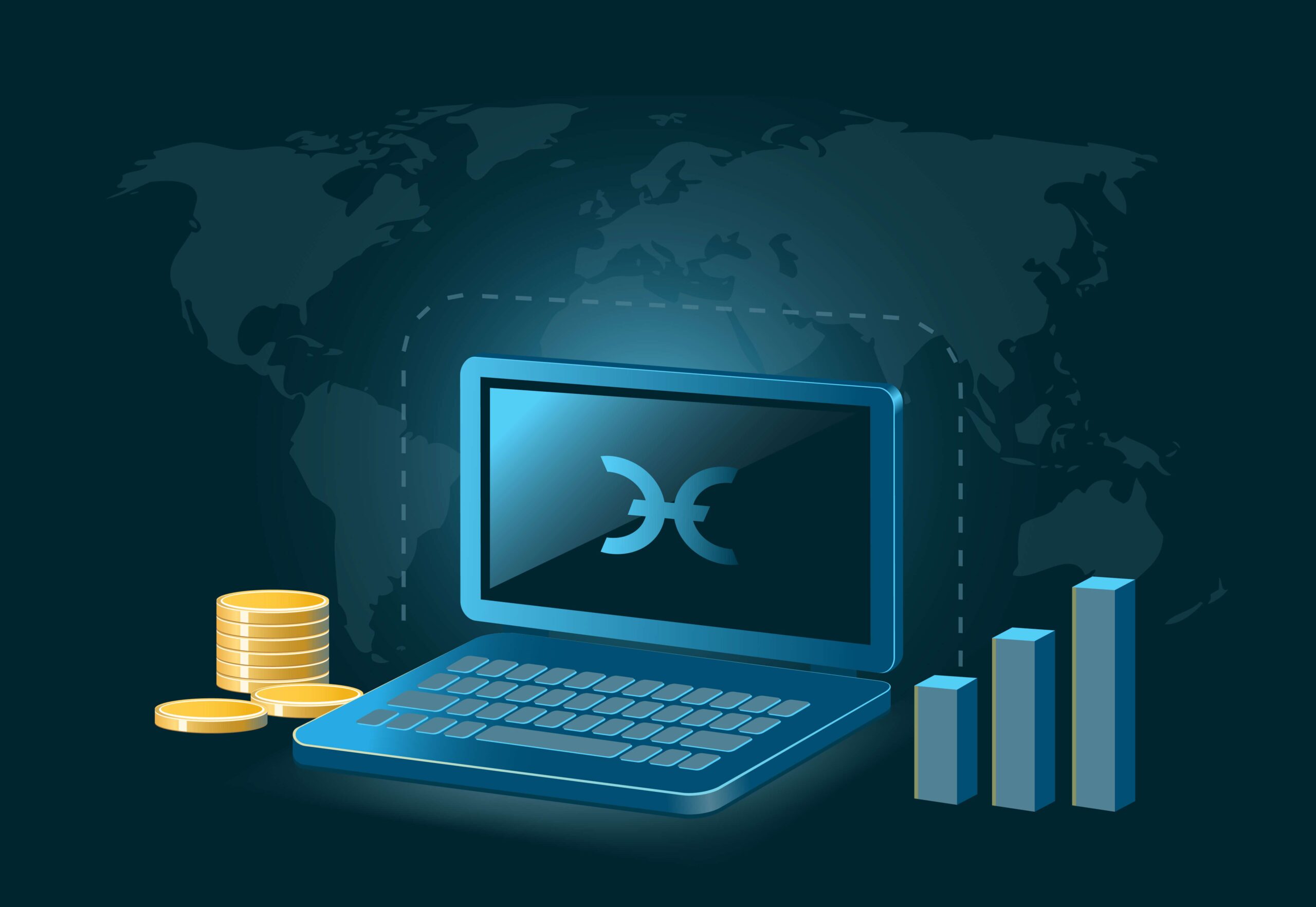
When the Holochain mainnet goes live, HOT tokens can be swapped into HoloFuel at a 1:1 ratio. HoloFuel will have the same basic utility as HOT tokens as a medium of exchange, although more utility can be expected out of the new native coin of the Holochain.
Holo was founded by two engineers Arthur Brock and Eric Harris-Braun in 2017. In a series of funding rounds, Holo collected over $20.4 million until April 2018. As many as 25 billion HOT tokens were sold as ICO tokens in March through April 2018.
The takeaways
Holo’s technology opens the door to a more data-friendly Internet, as well as offering a great alternative to the “decentralised philosophy”.
While Bitcoin is great at being a “bankless money”, and Ethereum is great at being a “machine lawyer”, many applications don’t require huge amounts of computing resources like these two networks are blessed with.
With Holo, app developers can host their own apps, as well as distribute them to Holo nodes for security. Additionally, Holo app users have greater control over their data by literally modifying the app’s code that is responsible for handling data.
How to buy Holo (HOT)?
With that being said, what are your own thoughts on Holo?
If you’re a crypto enthusiast, or developer you may be interested in the innovations that Holochain may hold for the future.
Easy Crypto makes it easy for crypto users of all levels to get started and invest in over 160+ cryptocurrencies, including Holochain’s native HOT token.

Invest in Holochain: Buy HOT with Easy Crypto.
Holochain (HOT) is just one of hundreds of cryptocurrencies that we offer here at Easy Crypto. Our collection of supported crypto assets include:
- Stablecoins
- NFT Tokens
- Metaverse Tokens
- DEX (Decentralised Exchanges)
- DeFi (Decentralised Finance)
- And many more.
View the latest rates for HOT: Check the rates.
Checkout our YouTube video guide on how to easily buy crypto with Easy Crypto!
Further reading: Learn all things crypto by exploring our Hub.
Share to
Stay curious and informed
Your info will be handled according to our Privacy Policy.
Make sure to follow our Twitter, Instagram, and YouTube channel to stay up-to-date with Easy Crypto!
Also, don’t forget to subscribe to our monthly newsletter to have the latest crypto insights, news, and updates delivered to our inbox.
Disclaimer: Information is current as at the date of publication. This is general information only and is not intended to be advice. Crypto is volatile, carries risk and the value can go up and down. Past performance is not an indicator of future returns. Please do your own research.
Last updated October 10, 2024



